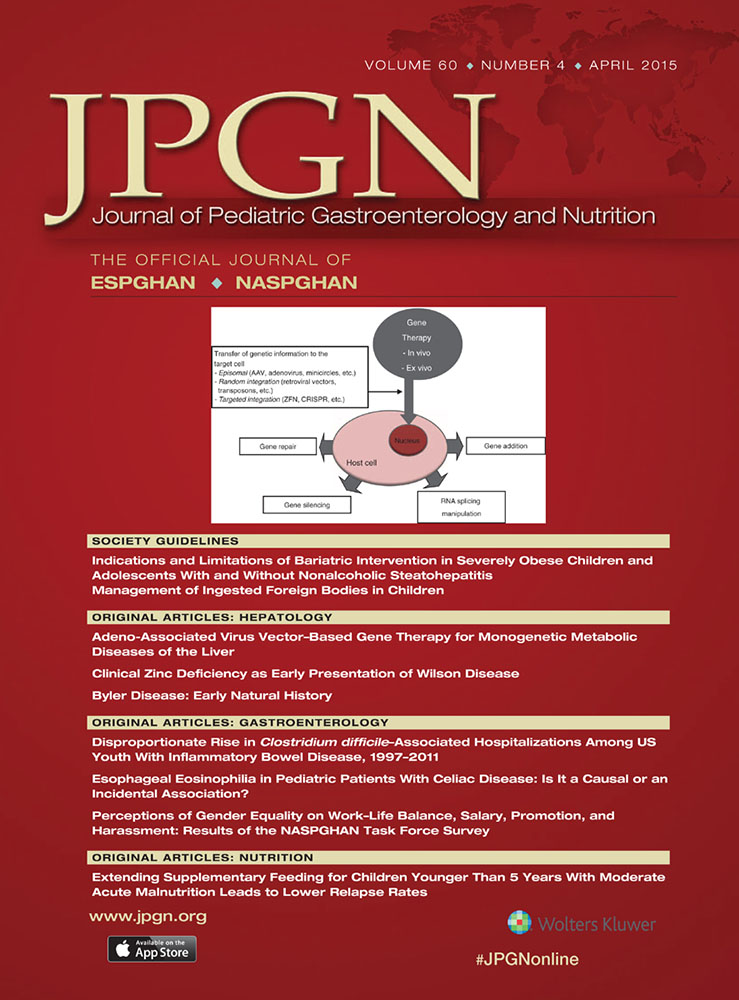Feeding Soy Protein Isolate and n-3 PUFA Affects Polycystic Liver Disease Progression in a PCK Rat Model of Autosomal Polycystic Kidney Disease
Supplemental digital content is available for this article. Direct URL citations appear in the printed text, and links to the digital files are provided in the HTML text of this article on the journal's Web site (www.jpgn.org).
This project was supported by the United Soybean Board Soybean Health Incentive Grant, West Virginia University PSCoR 10008736.6-11-NT10055R, West Virginia University Agriculture and Forestry Experimental Station (Hatch Grant WVA00665), and the West Virginia University summer undergraduate research experience (SURE) program.
The authors report no conflicts of interest.
ABSTRACT
Objective:
In polycystic liver disease (PCLD), multiple cysts cause liver enlargement, structural damage, and loss of function. Soy protein and dietary ω-3 polyunsaturated fatty acids (n-3 PUFAs) have been found to decrease cyst proliferation and inflammation in polycystic kidney disease. Therefore, the aim of the study was to investigate whether soy protein and n-3 PUFA supplementation attenuates PCLD.
Methods:
Young (age 28 days) female PCK rats were fed (n = 12 per group) either casein + corn oil (casein + CO), casein + soybean oil (casein + SO), soy protein isolate + soybean oil (SPI + SO), or SPI + 1:1 soybean/salmon oil blend (SPI + SB) diet for 12 weeks. Liver histology, gene expression by real-time quantitative polymerase chain reaction, and serum markers of liver injury were determined.
Results:
Diet had no effect on PCLD progression as indicated by no significant differences in liver weight and hepatic proliferation gene expression between diet groups. PCK rats fed SPI + SB diet, however, had the greatest (P < 0.05) histological evidence of hepatic cyst obstruction, portal inflammation, steatosis, and upregulation (P = 0.03) of fibrosis-related genes. Rats fed SPI + SB diet also had the lowest (P < 0.001) serum cholesterol and higher (P < 0.05) serum alkaline phosphatase and bilirubin concentrations.
Conclusions:
Feeding young female PCK rats SPI and n-3 PUFA failed to attenuate PCLD progression. Furthermore, feeding SPI + SB diet resulted in complications of hepatic steatosis attributable to cysts obstruction of bile duct and hepatic vein. Based on the results, it was concluded that diet intervention alone was not effective at attenuating PCLD associated with autosomal recessive polycystic kidney disease.




